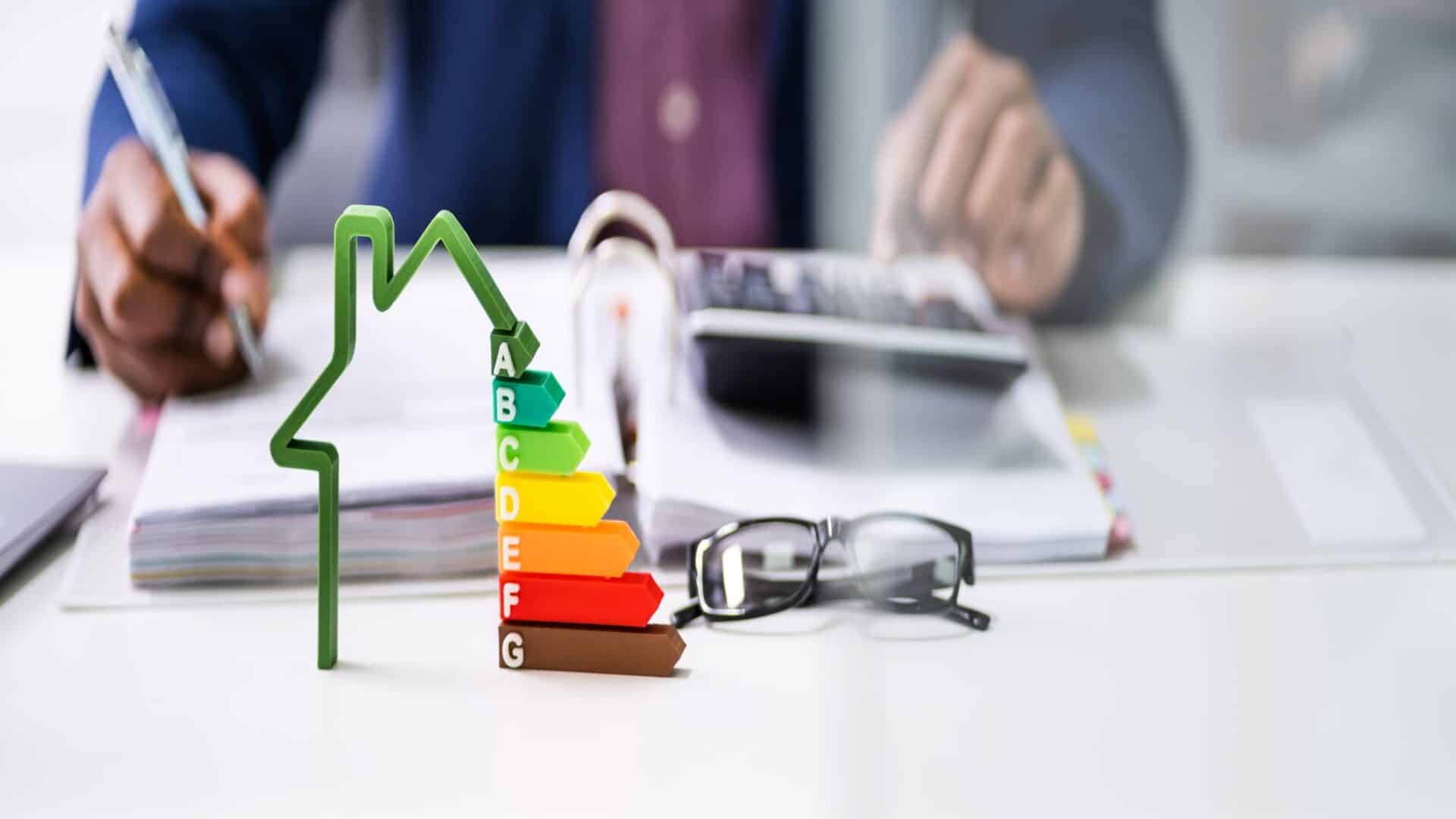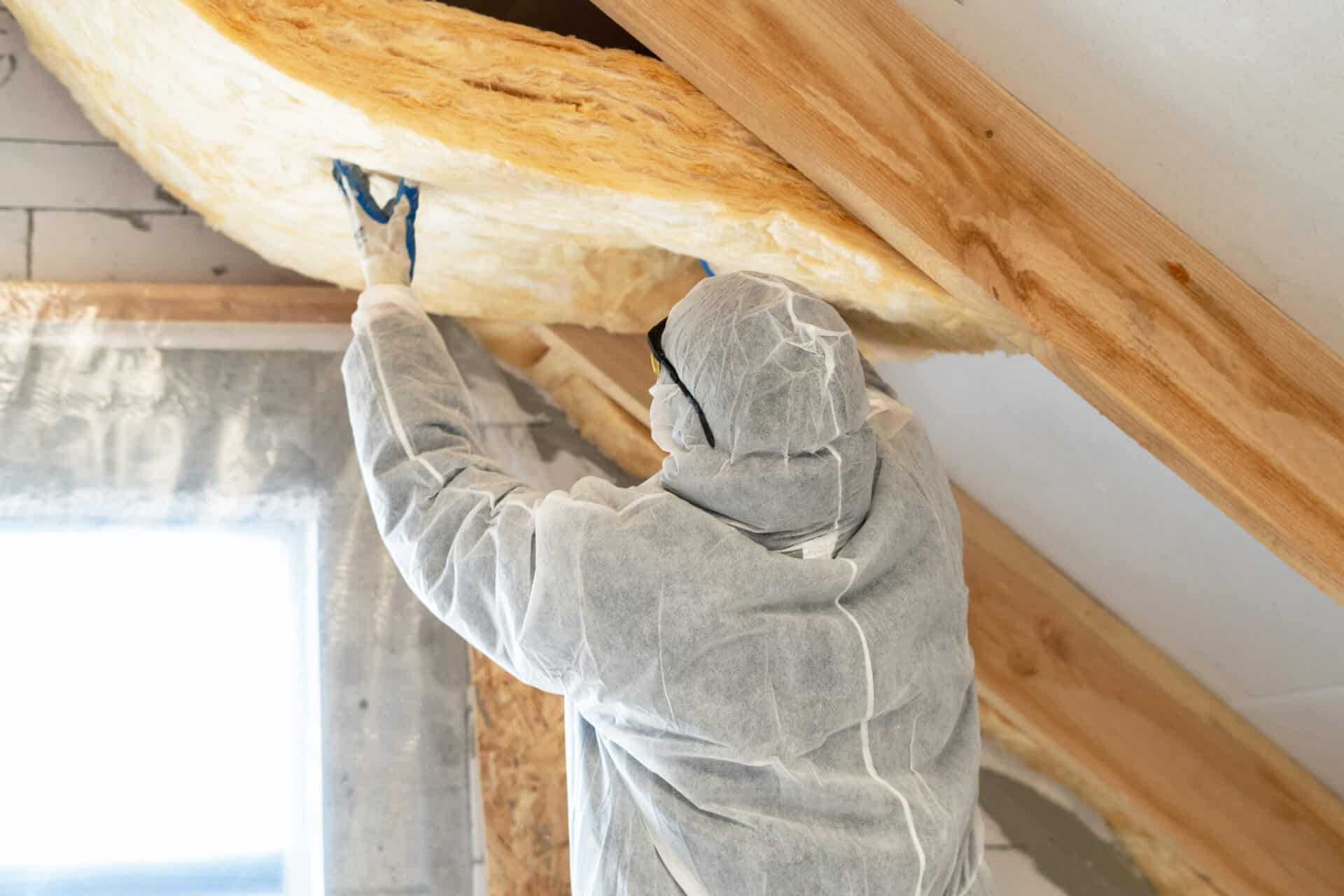Michigan Saves, the nation’s first nonprofit green bank, answers questions in the Review about the power of clean energy and equitable access to its benefits.
As the Biden administration prepares to pour billions of dollars into municipal coffers through the American Rescue Plan Act (ARPA) and other pending legislation, local governments are considering investments that will provide a sustained return on improved quality of life for residents. Some local leaders are complementing infrastructure projects with other proposals that reduce energy burdens by providing residents with lower incomes and small businesses with access to capital for energy efficiency and renewable energy improvements. Michigan Saves, the nation’s first nonprofit green bank, understands the power of clean energy sources and wants everyone—no exceptions—to have access to their benefits.
Local governments are evolving their placemaking work to community wealth building as a method for increasing the quality of life of residents, especially those with low incomes and marginalized groups. Your work focuses on creating opportunity through energy efficiency and clean energy that is accessible to all Michiganders. Can you define the concept of energy burden and energy poverty?
Energy poverty is when a household does not have the resources for sufficient heating, cooling, lighting, or electric appliances, or expends an excessive amount of its income on energy costs to the detriment of other needs. Households experiencing energy poverty face challenges such as inadequate housing, wealth barriers, and high energy burdens, which are characterized by a disproportionate percentage of household income going to energy costs. The American Council for an Energy-Efficient Economy (ACEEE) determined that a majority of single- and multifamily households with low incomes (income at or below 80 percent of area median income) experienced higher energy burdens than the average household in the same city. The median low-income household’s energy burden was 7.2 percent—more than twice as high as the median U.S. energy burden (3.5 percent).
What communities are most impacted by energy poverty?
The ACEEE found that households with low incomes in the Southeast and the Midwest regions faced the highest average energy burdens. Energy poverty disproportionately impacts Black, Indigenous, and People of Color, as well as rural residents, causing or exacerbating several health and safety issues and creating a vicious cycle that accelerates the decline of a household’s quality of life.
What are some of the underlying causes of energy poverty?
Inadequate housing and failing equipment are two primary causes of energy poverty. For example, high utility bills due to poor insulation; lack of air sealing; and old, inefficient heating and cooling equipment can reduce household income available for other critical needs like food, transportation, and medical care. But energy poverty extends beyond that. Water leaks and excess moisture can produce mold, which can cause respiratory issues. Air leaks can increase exposure to allergens and exacerbate asthma. Knob and tube wiring, present in many older homes, can create potential fire hazards. Failing equipment—like a broken furnace—can lead to carbon monoxide poisoning and fire hazards. These health and safety issues are emblematic of energy poverty and lead to increased costs in healthcare, increased absences from work, and elevated living expenses.

Why is energy poverty an important concept to understand as it relates to wealth building?
People who have high energy burdens face other financial challenges like expensive insurance rates, limited access to affordable loans due to poor credit scores, and low wages. These financial challenges are compounded with health and safety issues and ultimately result in decreased access to safer, more energy-efficient housing; reduced food security; and elevated stress and anxiety. While reducing costs of housing, energy, and healthcare is essential, wealth building is impossible without secure, good-paying jobs. And here’s where a keen opportunity exists.
According to the Center for American Progress, clean energy investments create three times more jobs than equal investments in fossil fuels. By default, small businesses, which encompass 99.9 percent of all businesses in the U.S., are making these clean energy investments, creating the jobs, and building a green economy. In all, a clean energy economy creates a multiplier effect, where small businesses are hiring local residents who then earn a good wage installing the energy efficiency and renewable energy measures that improve the housing stock in the community, which lessens the energy burdens, increases property values, and improves health outcomes.
of our residential projects have been completed in communities with low to moderate incomes
How does Michigan Saves address this need?
The ACEEE noted that “access to up-front capital is one of the many barriers to energy efficiency for low-income single- and multifamily households.” Providing access to capital to home and business owners and closing market gaps has been a core principle of Michigan Saves since our founding in 2009.
Over the last 12 years, we leveraged public dollars to enable private investments of more than $325 million in energy efficiency and renewable energy improvements, which has saved Michigan home and business owners millions on their utility bills, creating a long-term return on investment while improving the comfort and value of their homes and businesses. We’ve grown our unsecured residential loan by working with our network of authorized lenders to offer lower interest rates, extended terms, and expanded access. In fact, 56 percent of our residential projects have been completed in communities with low to moderate incomes. In a nutshell, Michigan Saves makes it easy and affordable for homeowners, business owners, and communities to finance investments in clean energy and reduce their energy burden.
What are some ideas Michigan Saves has for communities that are interested in using their ARPA funds to build community wealth by reducing energy poverty?
First, consider funding a revolving loan program for income-qualified homeowners who need to make improvements but cannot qualify for traditional loans. Michigan Saves, with funding from DTE Energy, is managing a program in Wayne and Washtenaw Counties called the Revolving Loan and Rebate Program for customers between 200 and 300 percent of the federal poverty level. Homeowners within this income range earn too much to qualify for free federal weatherization funds and most utility income-qualified programs but do not have enough income, or perhaps good enough credit, to qualify for traditional financing. This customer segment exists within every community and is overlooked when it comes to energy assistance programs. The early returns on this program are very exciting. Of the 94 projects that Michigan Saves has funded with low-interest loans, 24 loans have been repaid in full against only two defaults, dispelling the perception that homeowners at this income level are not willing or able to repay loans. Since Michigan Saves cannot serve every resident with our traditional credit-based loan, this revolving loan fund fills an important need in the market. Communities can complement Michigan Saves’ work and provide access to capital for a greater number of residents by creating their own revolving loan programs.
An emerging opportunity for communities is electrification, which is “the process of replacing technologies that use fossil fuels with technologies that use electricity as a source of energy.” Some examples of electrification technology are solar photovoltaic and battery storage systems, geothermal and air source heat pumps, electric water heaters, and electric appliances. With buildings accounting for nearly 40 percent of carbon emissions in the United States, we must decarbonize our buildings to mitigate the impacts of climate change. However, full electrification is expensive and elusive and likely decades away. Communities can get a head start by creating community solar projects, like the City of East Lansing or the Village of L’Anse have done. While both projects are fully subscribed and are achieving excellent results, the L’Anse project is unique because the village reserved over half of the solar panels for income-qualified customers who are now saving $20 to $30 a month on their electric utility bill.
Finally, communities can support workforce development programs that train individuals from underserved areas to install the improvements that will drive the clean energy economy. There is significant demand in the building trades for carpenters, HVAC technicians, electricians, and other skilled trades, which will only grow in the future. The skills learned in these programs lead to stable, well-paying, and in-demand jobs. Communities can partner with the State of Michigan, vocational schools, community colleges, and neighborhood associations to eliminate the barriers to entry that may exist for residents in underserved communities. Communities can inspire a diverse workforce that brings clean energy improvements to those residents with the highest need, creating a new paradigm where the underserved and vulnerable are the first to reap the benefits, not the last.
ARPA funding presents communities with a unique opportunity to support residents who currently have inadequate housing, wealth barriers, and high energy burdens. By lifting up those in need and making clean energy investments within the community, we can reduce energy poverty and begin the process of building community wealth.

Sources
[1] Portland State University. July 12, 2019. “Shifts to Renewable Energy Can Drive Up Energy Poverty, Study Finds.” ScienceDaily. Accessed September 20, 2021. www.sciencedaily.com/releases/2019/07/190712151926.htm
[2] Ariel Drehobl and Lauren Ross. April 2016. Lifting the High Energy Burden in America’s Largest Cities: How Energy Efficiency Can Improve Low Income and Underserved Communities. Washington, D.C.: American Council for an Energy-Efficient Economy. Accessed September 20, 2021. http://energyefficiencyforall.org/sites/default/files/Lifting%20the%20High%20Energy%20Burden_0.pdf
[3] Drehobl and Ross, 3–4.
[4] Robert Pollin, James Heintz, and Heidi Garrett-Peltier. June 2009. The Economic Benefits of Investing in Clean Energy: How the Economic Stimulus Program and New Legislation Can Boost U.S. Economic Growth and Employment. Amherst: Center for American Progress. Accessed September 27, 2021. http://peri.umass.edu/fileadmin/pdf/other_publication_types/green_economics/economic_benefits/economic_benefits.PDF.
[5] U.S. Small Business Administration Office of Advocacy. 2020. 2020 Small Business Profile. Washington, D.C.: U.S. Small Business Administration. Accessed September 27, 2021. https://advocacy.sba.gov/2020/05/20/2020-small-business-profiles-for-the-states-and-territories/.
[6] Dean Phillips. July 21, 2021. “Statement of the Hon. Dean Phillips on SBA’s role in Climate Solutions.” Committee on Small Business. Accessed September 27, 2021. https://smallbusiness.house.gov/news/documentsingle.aspx?DocumentID=3868.
[7] Dean Phillips, “Statement”
[8] Kathryne Cleary. December 5, 2019. “Electrification 101.” Resources for the Future. Accessed September 20, 2021. https://www.rff.org/publications/explainers/electrification-101/
[9] Environmental and Energy Study Institute. n.d. “Buildings and Built Infrastructure.” EESI: Environmental and Energy Study Institute. Accessed September 28, 2021. https://www.eesi.org/topics/built-infrastructure/description
[10] Michele Bourdieu. June 17, 2020. “L’Anse Village Community Solar Benefits from EGLE’s Award-winning Low to Moderate Income Solar Program. KeweenawNOW. Accessed September 27, 2021. http://keweenawnow.blogspot.com/2020/06/lanse-village-community-solar-benefits.html.


